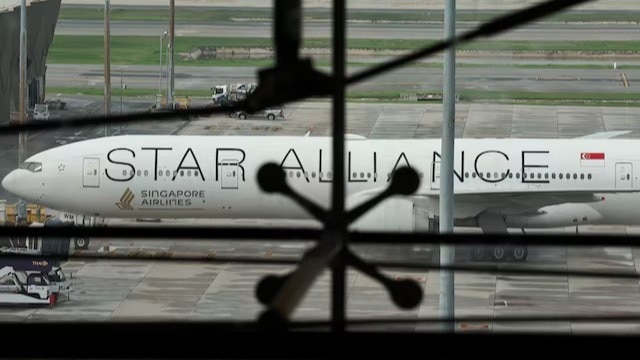2024-05-24 09:44:27
Singapore Airlines (SIAL.SI) has tweaked its in-flight seatbelt sign policies and altered at least one flight route after severe turbulence this week on a flight killed one person and left dozens critically injured, according to the airline.
The airline is adopting a more cautious approach, including not serving hot drinks or meals when the seatbelt sign is on, it said in a statement to Singapore broadcaster Channel News Asia.
“SIA will continue to review our processes, as the safety of our passengers and crew is of the utmost importance,” it said.
The airline did not respond to a Reuters request for comment.
Nearly 60 passengers were injured after the SQ321 London-Singapore flight on May 21 encountered “sudden extreme turbulence” while flying over the Irrawaddy Basin at 37,000 feet. A 73-year-old British passenger died of a suspected heart attack.
The pilot diverted the Boeing 777-300ER carrying 211 passengers and 18 crew members to Bangkok’s Suvarnabhumi Airport, making an emergency landing.
The airline has completed two flights since the incident and not flown over the part of Myanmar where the sudden turbulence occurred about 3 hours before scheduled landing. The aircraft flew over the Bay of Bengal and Andaman Sea, route data from flight tracker FlightRadar 24 shows.
Photographs from inside the plane showed gashes in the overhead cabin panels, oxygen masks and panels hanging from the ceiling and luggage strewn around. A passenger said some people’s heads had slammed into the lights above the seats and broken the panels.
As of late Thursday, 48 passengers and two crew members are hospitalised in Bangkok.
Twenty of the 48 remained in intensive care, an official at Bangkok’s Samitivej Srinakarin Hospital said on Thursday, adding that the injured had a mix of spinal cord, brain and skull injuries.
Singapore Airlines, which is widely recognised as one of the world’s leading airlines and is seen as a benchmark for much of the industry, has not had any major incidents in recent years.
Singapore Airlines, turbulance,
Source link
![]()
